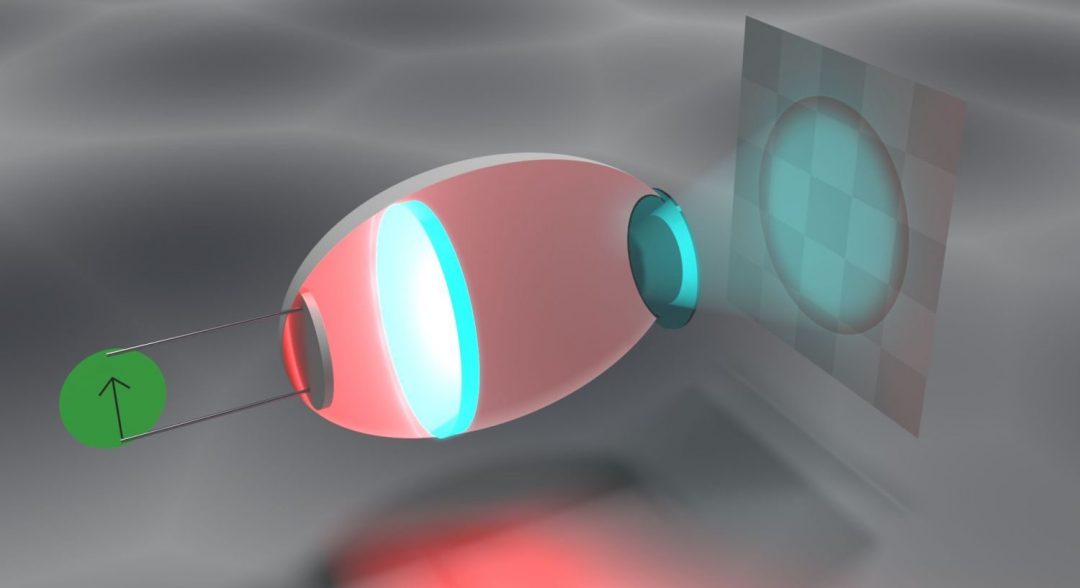Researchers report a highly sensitive detection method for monitoring the nanotoxicity associated with reactive oxygen species (ROS).
![Monitoring Reactive Oxygen Species in Cells and Tissue [Video]](https://www.advancedsciencenews.com/wp-content/uploads/2018/09/smll201800310_ASN_image.jpg)
![Monitoring Reactive Oxygen Species in Cells and Tissue [Video]](https://www.advancedsciencenews.com/wp-content/uploads/2018/09/smll201800310_ASN_image.jpg)
Researchers report a highly sensitive detection method for monitoring the nanotoxicity associated with reactive oxygen species (ROS).

New predictions for efficiently making blue lighting from red lighting.

By matching the absorption of chloroplasts, dual-wavelength-emitting carbon dots can enhance the efficiency of the biological photosynthetic system both in vivo and in vitro.
![A Digital Coding Metasurface Controlled by Light [Video]](https://www.advancedsciencenews.com/wp-content/uploads/2018/09/advs201801028_ASN_image_new.jpg)
Researchers design a digital metasurface for real-time control of electromagnetic waves.

Researchers developed wearable energy-harvesting device that generate energy from the swing of an arm.
![Next-Generation Membrane Material for Proton Ceramic Fuel Cells [Video]](https://www.advancedsciencenews.com/wp-content/uploads/2018/09/aenm201801315_ASN_image.png)
A very thin, high-performance electrolyte membrane material for protonic ceramic fuel cells is prepared.

Knowledge of the processes needed to make precursor cells of eggs and sperm gives insights into reproductive biology and infertility.

Lipid bilayer-coated polymeric nanoparticles can at as a long-acting, glucose-responsive insulin delivery system in type-I diabetes.

InGaN-based solar cells on common photovoltaic substrates could increase efficiency as high as 30%.

Researchers seek more eco-friendly sources for plastics. The newest choice? Cornstarch.